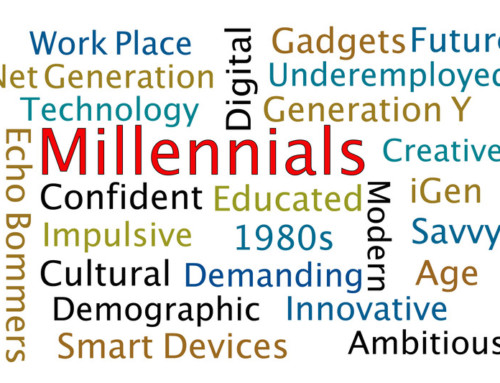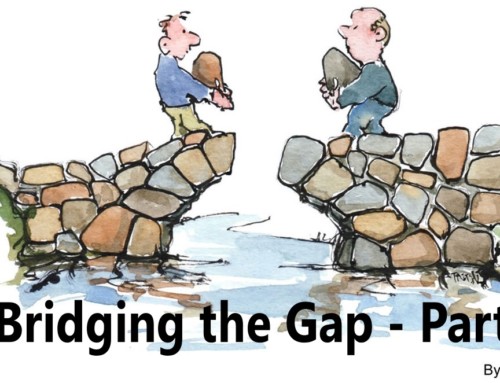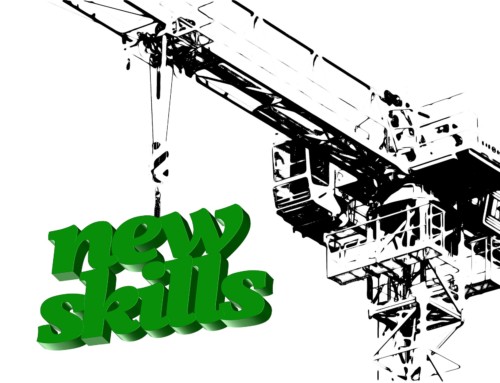Clients often ask for a best practices roadmap to create a culture of innovation, accountability and ownership.

While each organizational culture journey is unique, these best practices will help guide you on that journey.
#1. Assess your culture.
You must know your starting point if you want to take a journey. We recommend an organization-wide short survey of no more than 3-5 questions. Our Cultural Values Assessment asks employees about the values important to them, the values they see being expressed in the current culture, and the values they think are required to take the organization to the next level. This provides you with detailed understanding of the personal motivations of employees, their experience within your organization, and the direction the organization should be heading. This data can generate meaningful conversations about the roadblocks and cultural levers that will propel your organization forward.
#2. Engage a culture dialog.
Your culture survey delivers useful data. To get the most out of that data, you need to engage a dialog about the findings. We recommend a top-down and bottom-up approach that involves senior leaders and a cross section of employees across all levels, functions and locations. The dialog should begin with an easy-to-understand presentation of the survey findings. Be transparent here- share the good news as well as the problems uncovered. Then facilitate a discussion aimed at identifying 2-3 culture elements/focus areas to be leveraged to bring about the desired cultural transformation. Example culture elements/focus areas could include things like: Leadership Development, Innovation, Recognition, etc.
#3. Create behavior promises.
Once your dialog has identified the culture elements you intend to focus on, you need to create behaviors that employees can easily understand and model. For example, a focus area of Accountability might have behavior promises such as:
-
Holds self and others accountable for behavior and results.
-
Seeks, embraces and freely gives constructive feedback
-
Freely admits mistakes and works to fix them and learn from them
#4. Create a culture measures dashboard.
A culture measures dashboard is much like any other scorecard. The goal is to keep it simple and choose metrics that employees believe they can impact. The metrics should include minimum and stretch targets, and not be too easy or difficult to reach. Each team should have line of site to this simple dashboard and should be included in developing the best metric for their team. For instance, a metric for Caring might focus on customer satisfaction scores. A metric for Leadership Development might be gleaned for employee engagement scores. The point is to tie the culture values to behaviors and through to measures that everyone can understand and impact in the performance of their job.
#5. Update HR practices.
It is important to integrate the behavior promises and metrics into your performance review process, hiring and promotion practices. Filling your organization with A players who share your cultural values is important. One need only look to the dismal track-record of most mergers to see what happens when people with different cultural values try to work together. Hiring, rewarding and recognizing for your culture values is essential if they are to be sustained.
#6. Communicate, always.
Your communication efforts must begin right from the start. You will want to explain your increased focus on consciously managing your culture from the time you announce your first culture assessment. As implied in the previous best practices, we are not talking about one-way top-down set of pronouncements here, although top-level commitment is critical. We are talking about a long-term commitment to an ongoing and deep dialog that welcomes and encourages input from all levels of the organization.
#7. Reassess culture regularly.
The final best practice is to commit to reassessing culture every 12 – 24 months. If you followed the other best practices, you will find that you have moved your culture in the right direction. You will discover what has been working well, what can be put into “maintenance mode” and what new initiatives are needed to move your culture yet again to the next level. You can then repeat the best practices, tweaking and adjusting behavior promises, metrics and HR practices. Organizations mature and develop in a similar pattern to individuals, and creating a vibrant and engaging culture is a life-long journey- one with great rewards!
If you would like to find out more details about any of these best practices, we have many resources that can help you on your culture journey. We welcome your inquiries as well as your feedback.






Ours was an individual driven company.Now we have to transform that to a system driven company.The major problem we are facing is that the work culture senior employees are having though they have shed blood and sweat for this company. How to transform them without hurting their emotions.?
Great question. This is a common occurrence in most companies who begin under charismatic founder/leaders and must learn to transition to team led and then system-centric leadership. I would focus on these points from the blog: #2. Engage a culture dialog. #3. Create behavior promises. #6. Communicate, always. The blood sweat and passion the early employees have for the company are likely centered in the founding values. Often, those are implicit rather than explicit, at least not to the point where they have been fully articulated into behavior promises. By engaging the senior employees in dialog around what values hooked their passion, they can help shape meaningful measures for how to keep those origin values alive as the company grows and becomes more process and system drive. In other words, you can honor and enshrine founding values even as size and scale necessitates new governing structures.
Point #6 is also important. Try to find ways for the senior employees to share stories and reminders of what originally made the company strong. I recently joined a fast growing firm where the founding CEO and other long-serving senior staff are encouraged to share viewpoints via a weekly podcast. These podcasts often include a heavy dose of reminders and stories about values and principles upon which the organization was founded. This approach honors tradition and keeps new employees feeling a part of the origin story and core principles that have existed since the company’s inception.
What an amazing article! Thanks a lot. It was a great pleasure to read it!